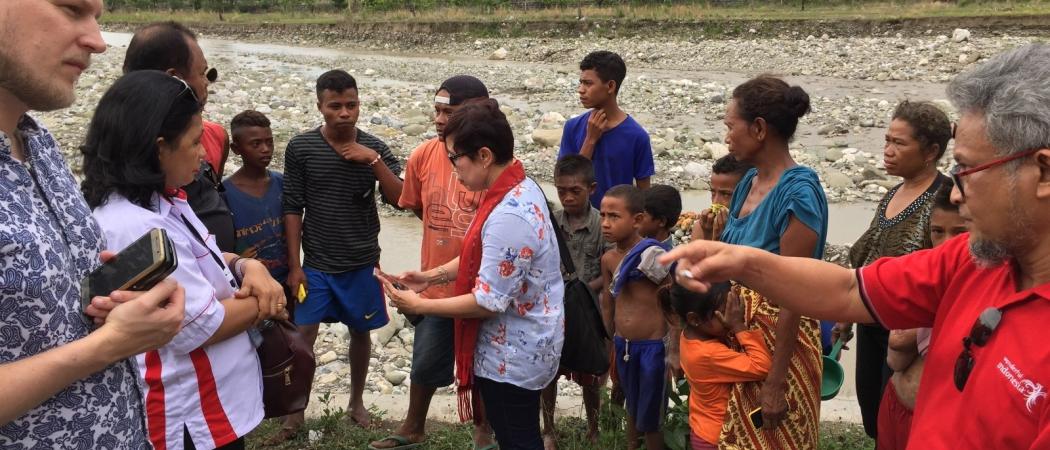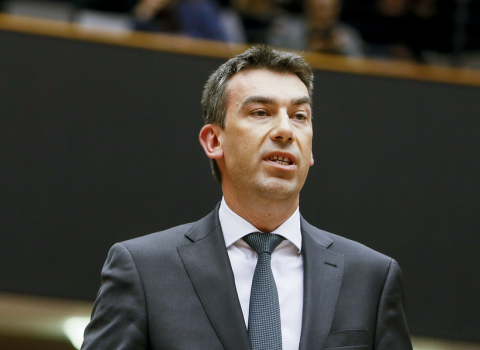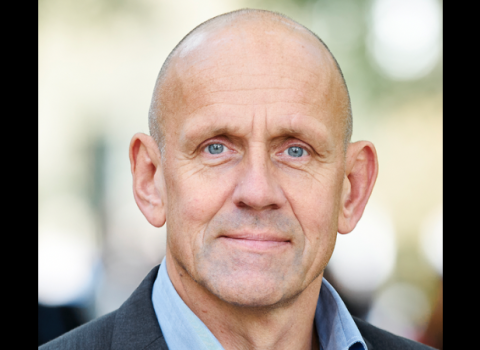Two Estonian companies are blazing a trail in harvesting the sensitive location data being captured by mobile phone networks

Positium staff interview people on the border between Indonesia and Timor-Leste about how they use their mobile phones. Photo: Positium
Until very recently, Indonesia’s Ministry of Tourism had little idea how many visitors the country’s 17,000 islands receive from neighbouring countries, such as Malaysia, Papua New Guinea and the Philippines. Now it does, thanks to a novel high-tech solution developed by two Estonian companies with expertise in cellphone data analytics and cyber-security.
Working together, Positium and Cybernetica have figured out a way to use the detailed location data captured by Indonesia’s mobile phone networks to track the number of visitors to the country, while protecting individuals’ privacy and the telcos’ commercial interests. This new approach potentially paves the way for governments worldwide to use the precise location data being captured by mobile phone networks to help with everything from improving transport and tourist infrastructure to locating medical clinics and planning vaccination programmes.
“Phone network data about human mobility is sensitive data: it has many privacy concerns, as well as mobile operator business secrets in it, which is why it's not so widely used,” explains Erki Saluveer, CEO of Positium, a strategic partner with the Mobility Lab of the University of Tartu and a specialist in calculating statistics from mobile positioning data. “In every country we start with, the first issue you have to overcome is this data sensitivity and data privacy.”
How did two small companies from Estonia win the confidence of the government of Indonesia, one of the world’s most populous countries? One of the key challenges in harnessing the location data being captured by cellphone networks for official statistics was to avoid double-counting visitors from other countries. As a tourist’s mobile phone can roam across different operator’s networks, Positium needed a way to track individual handsets without compromising the owner’s privacy and operator’s commercially sensitive data.
Baldur Kubo, account manager at Cybernetica, points out that mobile operators don’t want their competitors to see how much roaming traffic their base stations are handling, as they could use that intelligence to install new infrastructure that could siphon off much of that roaming traffic.
Securely ring-fencing sensitive data
To help Positium win the trust of Indonesia’s telcos, Cybernetica employed its Sharemind HI software, which harnesses the secure zone in Intel’s new SGX microprocessors. In this ring-fenced zone, the decryption and usage of sensitive data can be carefully controlled by the provider of the data even when that data is stored in a public cloud service. This technology allows “the telco to encrypt their data for a specific application that can only be run by an agreed party,” explains Kubo. “We can control that nobody else gets access to that data: only the Ministry of Tourism and Positium have the right keys to access and decrypt the summary calculations and nobody but the telcos have the keys to decrypt their data.” Even the Sharemind HI system itself does not see the input data, nor the results, which are all encrypted.
Positium integrated Cybernetica’s software into a broader solution that can translate the “fuzzy, noisy” data being collected by cellphone networks into official statistics. As a result, Indonesia’s Ministry of Tourism has established that neighbouring countries account for at least 30% of tourist visits, rather than the 7% indicated by the figures collected in previous years using traditional methods, according to Positium. As a result, the country is retargeting its marketing campaigns and building new infrastructure in border areas to encourage more tourists to visit from Malaysia, The Philippines, Papua New Guinea and other nearby countries. The ultimate goal is to lift the annual influx of tourists from 14 million to 20 million a year.
Gradually expanding the use of mobile positioning data
Having also worked with the Estonian government to calculate tourist counts, Positium is now running trials and pilots in Oman and several European countries. Although he is optimistic that many more governments will use cellphone network data to enrich official statistics, Saluveer warns: “Everyone has discovered that it's actually hard work, as there are many issues you have to overcome.”
All seeing, all knowing networks
Crucially, Saluveer and his team can’t take a one-size-fits-all approach. “Mobile networks are used very differently in different countries,” he notes. “There are countries that are heavily dependent on mobile networks for organising their everyday life … whereas in the Western world we use much more traditional computers ….so we need to adapt our methodology each time for each different culture.” For example, one of the key challenges in Indonesia was to develop algorithms that could account for all the mobile phone traffic being generated by the many cargo ships passing through the Bay of Malay, as well as cruise ships touring the archipelago.
Having gained new insights into its tourism sector, the Indonesian government is now exploring how to harness the detailed data captured by cellphone networks in other domains. “In the transportation sector, they need the numbers on how people move between the cities or, for example, for the morning commute,” explains Saluveer. “This is something we are working on because transportation and traffic is a huge topic, as the growth rate is so high and in Jakarta they have some of the worst traffic in the world.”



 A unique international forum for public research organisations and companies to connect their external engagement with strategic interests around their R&D system.
A unique international forum for public research organisations and companies to connect their external engagement with strategic interests around their R&D system.